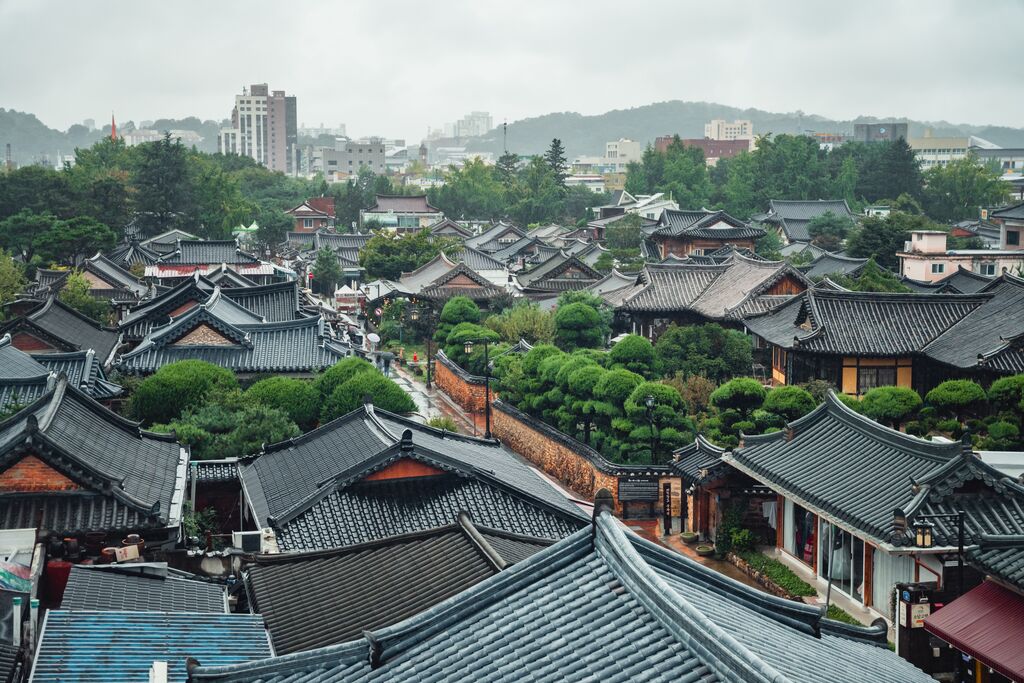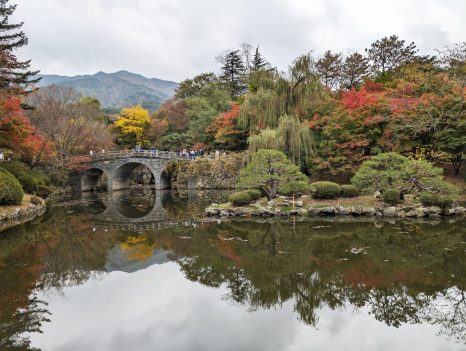Australian visitors to South Korea surge – Travel Weekly

- by Admin
- April 29, 2024

Australian visitor numbers to South Korea have risen by almost a third since 2019 pre-COVID figures, the latest ABS data has revealed.
In addition to the staggering 28 per cent increase South Korea is also InsideAsia Tour’s number one destination, representing 48 per cent of all bookings in 2024.
“We are continuing to see increasing demand for South Korea,” Inside Travel Group National Sales Manager Nicole Newport said.
“The allure of South Korea, once overlooked by international travellers, is now undeniable. Those seeking unique South Korea trips are coming from all corners of the globe to experience its charming, quirky, and super-friendly atmosphere.
“South Korea is emerging beyond its status of ‘hidden gem’ and is the perfect destination for exploration outside Japan – independently or as an extension to your time abroad.
“Culturally distinct and a mecca for foodies, this country truly has something for everyone – from mountains and seaside, bustling cityscapes and niche markets, to K-beauty and K-pop, there’s just so much to explore.”
Gamcheon Culture Village, Busan
Korea’s top 10 must-visit destinations
Inside Travel Group, which covers both InsideJapan Tours and InsideAsia Tours, has revealed its own top 10 must-visit Korean destinations. They include:
- Seoul, South Korea’s economic, cultural, and political capital. This supercharged metropolis teeming with people, markets, restaurants, bars, and oodles of historical sites.
- Nami Island, an idyllic romantic hideaway thanks to the island’s depiction in the hugely popular Korean drama, Winter Sonata.
- “The Summer Capital” of Busan, a bustling and vibrant city and a mecca for foodies from sweet stuffed pancakes to kimbap (Korean style sushi rolls) and is home to world’s 6th biggest fish market run almost entirely by women traders.
- Tongyeong, a day trip from Busan, with its picturesque Hallyeohaesang National Park in the south sea of Korea. The city consists of the 151 islands dotting the coastline.
- Jeonju captivates with its rich cultural heritage, evident in its well-preserved Hanok village, with narrow, white-walled alleys winding between temples, workshops, guesthouses and museums.
- Founded in 57 BC, the city of Gyeongju or the “Museum without Walls”, on account of the regal burial mounds spread liberally not just inside the city, but throughout the fields and forests starting just outside the centre.
- Andong featuring Hahoe, a World Heritage village that sits in a bend of the Nakdong River just outside of the city. The village is renowned for its preserved traditional architecture in the form of thatched and tiled houses reminiscent of the Joseon Dynasty, ceramics and several designated cultural assets.
- Tucked up in the north-eastern corner of the country, Seoraksan National Park is Korea’s most spectacular mountain area. It is famous for its surrounding views, crystal clear mountain streams and vivacious flora and fauna.
- The perfect place to visit for sunrise or sunset is Yeonggeumjeong with a name that stems from the notion that the rhythm of waves crashing against rocks echoes the serene melody of the geomungo, a traditional stringed instrument with six strings. And there is the historic Naksansa Temple with a legacy spanning over 1300 years, and a revered Buddhists site.
- Jeju Island is the largest of South Korea’s 3,000 islands is also the country’s favourite summer holiday destination. It features a balmy climate, beautiful beaches and its famous “sea women” dive up to 30 metres to harvest seafood from the ocean floor.

Bulguksa Temple Gyeongju
The Latest News
-
November 23, 2024Andy Murray to coach Novak Djokovic at Australian Open
-
November 23, 2024Katy Perry receives good news amid legal battle with Australian designer
-
November 23, 2024Perth onslaught exposes glaring Aussie absence; legend’s warning for ‘deflated’ Lyon — Talking Pts
-
November 23, 2024Tammy Hembrow marries reality TV star in stunning ceremony
-
November 23, 2024South African prodigy a PGA threat





